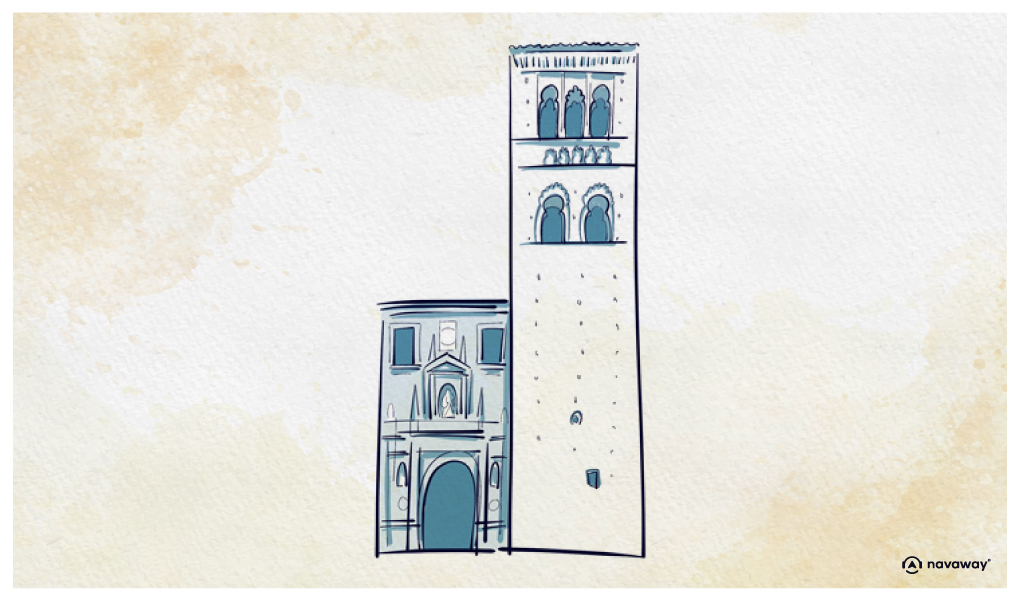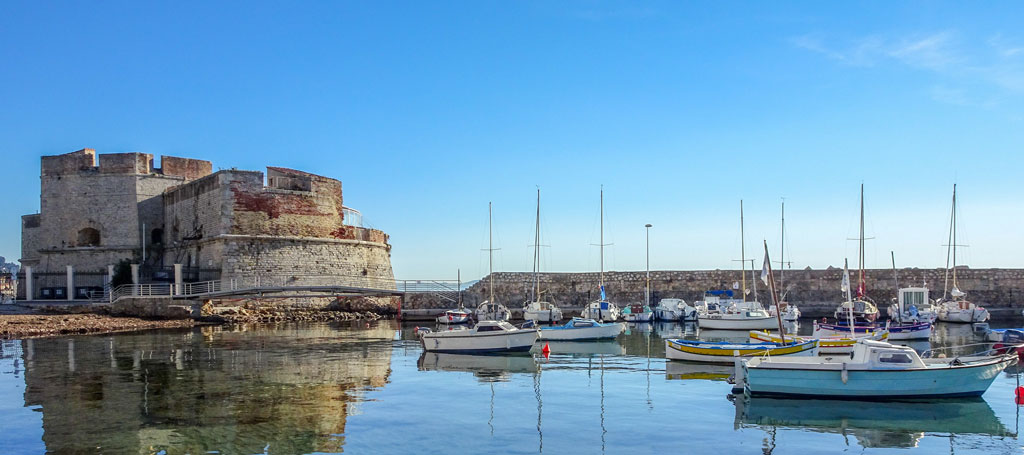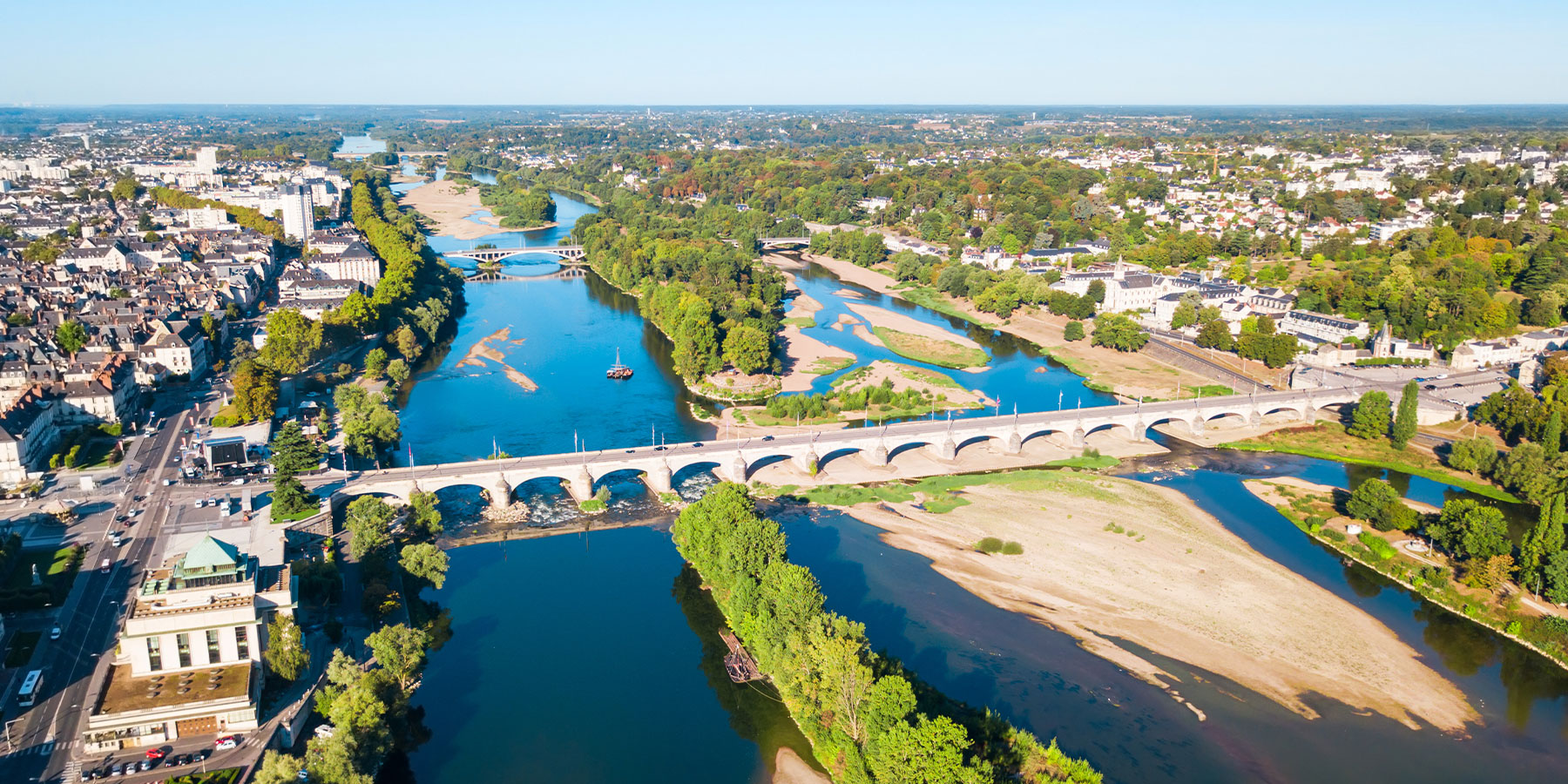
San Román Church

This point of interest is available as audio on the tour: Visit Toledo, A gem by the Tagus River
You’ve arrived in front of the San Román Church, arguably one of the most striking examples of Mudéjar architecture in Spain. Walls here are adorned with magnificent 13th-century Romanesque frescoes, painted in warm tones of ochre, yellow, and red. If the church is open, do step inside—you’ll be surprised by the harmony and fusion of styles that define this space. The church was built over a former mosque, as you might have guessed from the horseshoe-shaped door at the corner. It was constructed in the 13th century by Muslim craftsmen—Mudéjars—who remained in Catholic Spain during a period of relative tolerance. Its beautiful bell tower may remind you of the one from Santo Tomé, and its interior consists of three naves divided by large horseshoe arches—an architectural feature that started with the Visigoths, later adopted and refined by the Umayyads of Córdoba. Apparently, the church stands on even older Visigothic foundations, which is why it now houses the Museum of Visigothic Culture, a population having inhabited Toledo for over three centuries. A quick refresher if needed: the Visigoths were one of two main branches of the Gothic people, a Germanic group whose somewhat mysterious origins trace back to the shores of the Black Sea in the 2nd century. The other branch was the Ostrogoths—the Eastern Goths, but we’re focusing here on the Western Goths: the Visigoths. In 378, the Visigoths defeated the weakened Roman army, their rule coincides with the decline of the Roman Empire. They established their first capital in Toulouse in the 5th century, then in Toledo after being pushed into Spain by Clovis and the Franks. The Visigothic Kingdom of Toledo lasted until 711, when it was taken by Muslim forces. Now that you understand who the Visigoths were, you can begin to see how the different historical threads of Toledo’s rich past are woven together.


Discover Toledo with app
An interactive guide through the most beautiful streets, squares, and districts
24 fun audioguides full of historical facts, anecdotes, and legends





Comments